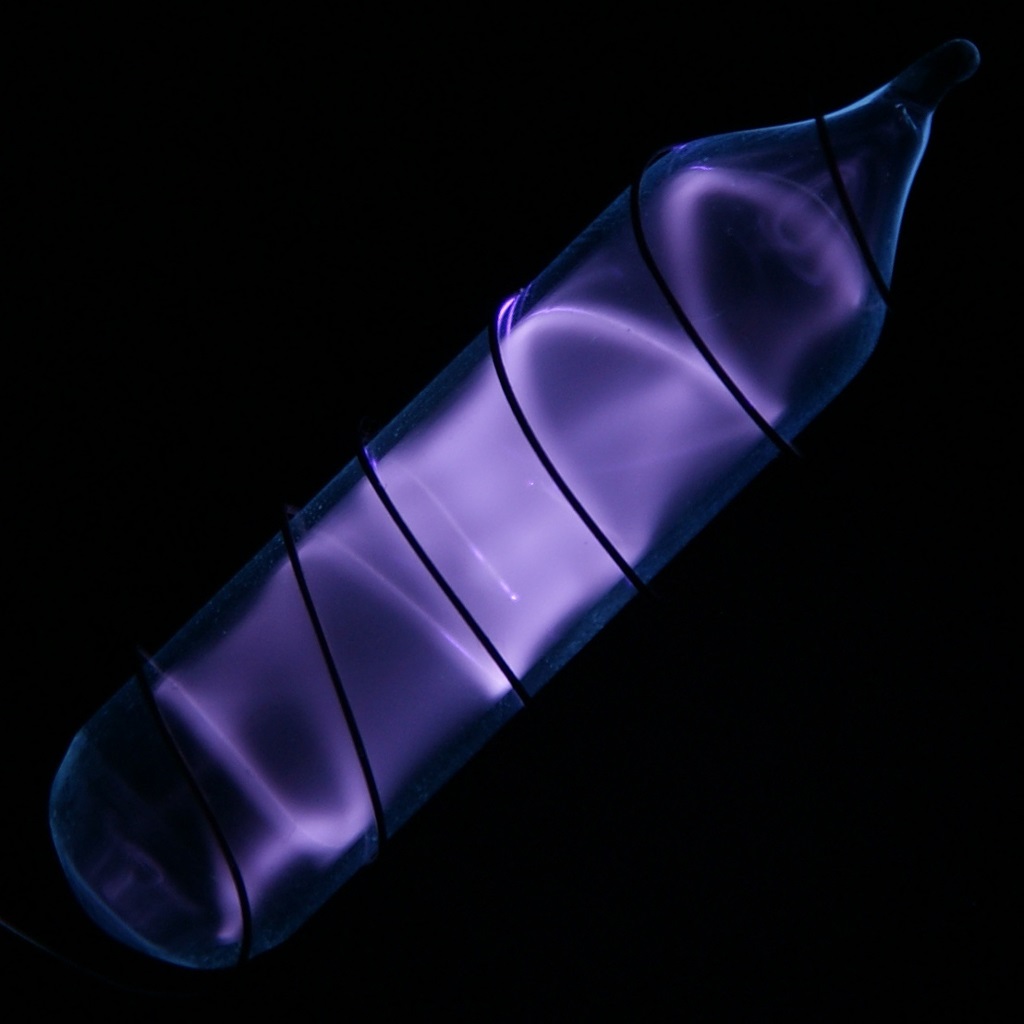氫
1
H
族
1
週期
1
區
s
個質子
電子
個中子
1
1
0
一般屬性
原子序數
1
標準原子質量
1.00794
品質編號
1
類別
非金屬
顏色
無色
放射性
否
希臘文 '形成水的元素'
晶體結構
簡單六角形
歷史
Henry Cavendish was the first to distinguish hydrogen from other gases in 1766 when he prepared it by reacting hydrochloric acid with zinc.
In 1670, English scientist Robert Boyle had observed its production by reacting strong acids with metals.
French scientist Antoine Lavoisier later named the element hydrogen in 1783.
In 1670, English scientist Robert Boyle had observed its production by reacting strong acids with metals.
French scientist Antoine Lavoisier later named the element hydrogen in 1783.
每個外殼的電子
1
電子排布
1s1
Hydrogen is the primary component of Jupiter and the other gas giant planets
物理性質
物態
氣體
密度
0.00008988 g/cm3
熔點
14.01 K | -259.14 °C | -434.45 °F
沸點
20.28 K | -252.87 °C | -423.17 °F
熔化熱
0.558 kJ/mol
汽化熱
0.452 kJ/mol
比熱容
14.304 J/g·K
地殼豐度
0.15%
宇宙豐度
75%

CAS 編號
1333-74-0
Pubchem CID 編號
783
原子性質
原子半徑
53 pm
共價半徑
31 pm
電負性
2.2 (鲍林标度)
電離電位
13.5984 eV
原子體積
14.4 cm3/mol
熱導率
0.001815 W/cm·K
氧化態
-1, 1
應用
Liquid hydrogen is used as a rocket fuel.
Hydrogen is commonly used in power stations as a coolant in generators.
Hydrogen's two heavier isotopes (deuterium and tritium) are used in nuclear fusion.
Used as a shielding gas in welding methods such as atomic hydrogen welding.
Hydrogen is commonly used in power stations as a coolant in generators.
Hydrogen's two heavier isotopes (deuterium and tritium) are used in nuclear fusion.
Used as a shielding gas in welding methods such as atomic hydrogen welding.
Hydrogen poses a number of hazards to safety, from fires when mixed with air to being an asphyxiant in its pure form
同位素
穩定同位素
1H, 2H不穩定同位素
3H, 4H, 5H, 6H, 7H